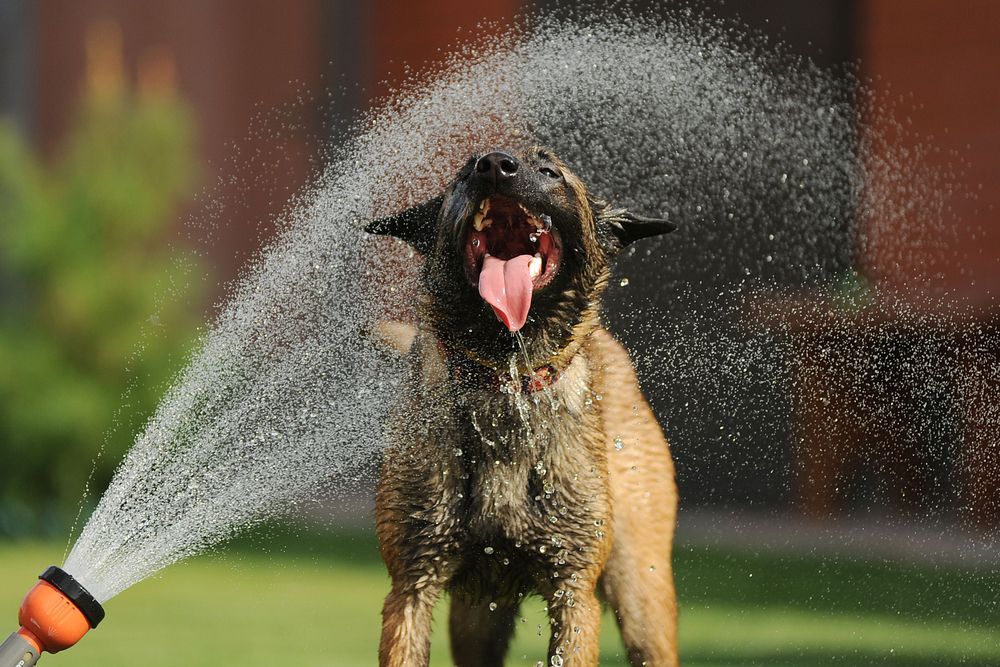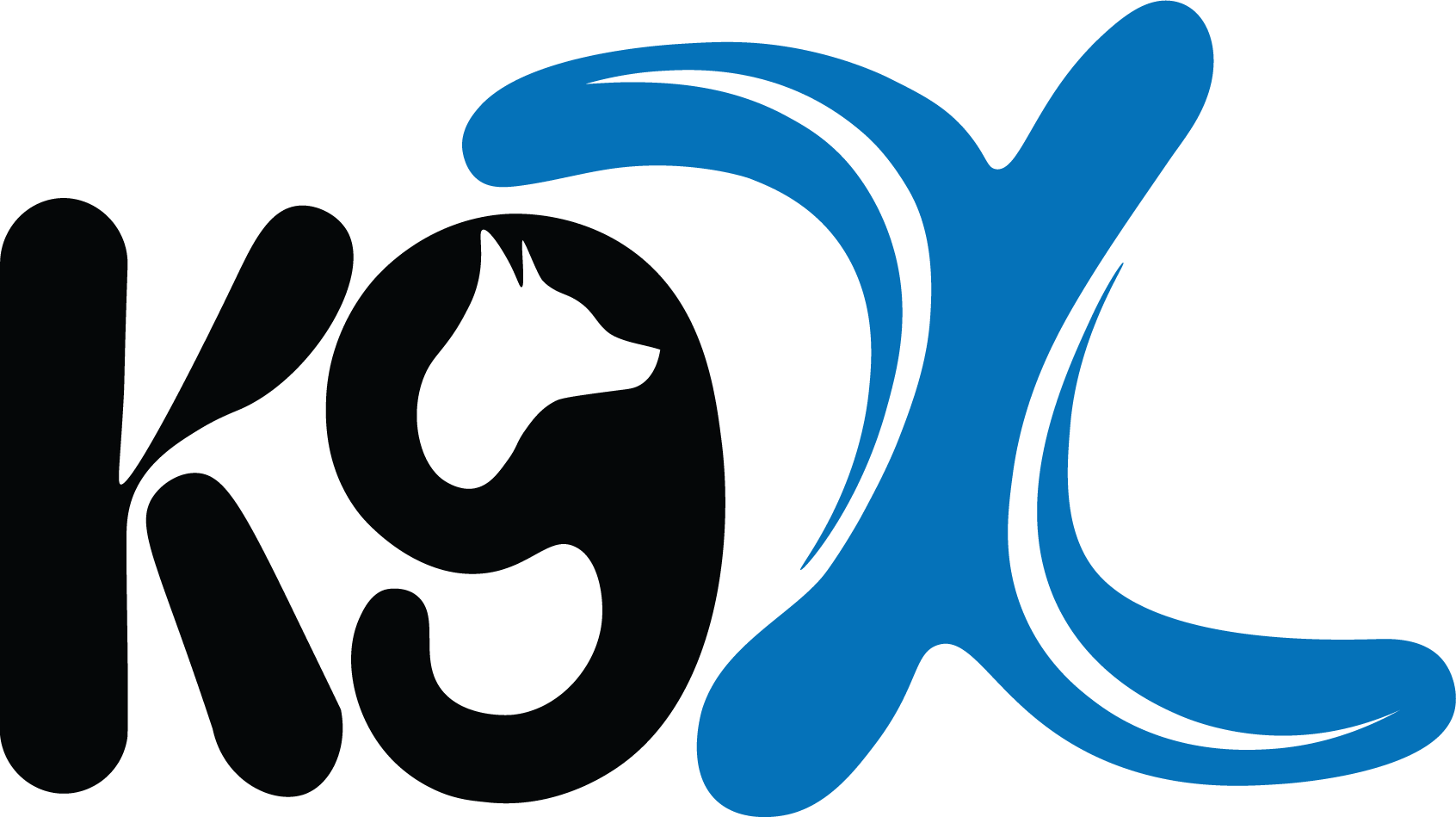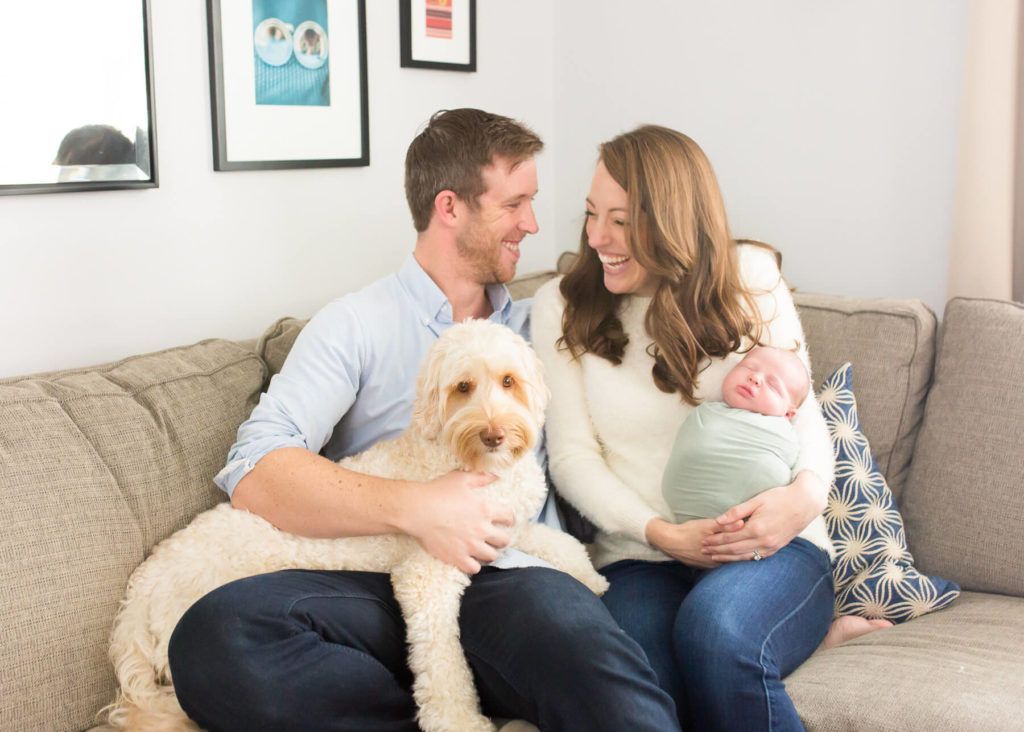How To Train A Rescue Dog
How To Train A Rescue Dog
Introduction
Adopting a rescue dog is one of the most compassionate acts a dog lover can undertake. However, this noble gesture often comes with its own set of challenges. Many rescue dogs have endured negative experiences before finding their forever homes, which can lead to varying degrees of reactivity toward other dogs and humans. These behaviors are often rooted in fear and past trauma, making it crucial for adopters to approach training with both empathy and strategy.
How, then, do we help our rescue dogs overcome their anxieties and embrace a more confident, joyful life? Through my experience working with numerous rescue dogs, including my own family dog, Bruno, I’ve learned that patience and commitment are essential. Each dog is unique, with its own history and temperament, and will respond differently to various situations. It's important to recognize that one-size-fits-all solutions do not apply here. Instead, we must be attuned to what works for each individual dog and be prepared to adjust our approach accordingly.
The Importance of Identifying Triggers
The first step in rehabilitating a rescue dog is to identify their specific "triggers." Every behavior, whether positive or negative, has an underlying cause. For instance, a dog that barks at the sight of another dog is reacting to the visual and spatial presence of that dog. The environment also plays a significant role; a dog might remain calm in an off-leash park but become anxious and reactive when walking on a crowded pavement.
Understanding these triggers is critical in formulating a training plan that addresses the root cause of your dog’s behavior. By doing so, you can begin to guide your rescue dog toward a more balanced and less fearful response to the world around them.
Tailoring Training Techniques for Rescue Dogs
Training a rescue dog differs significantly from training a dog raised in a stable, nurturing environment. Rescue dogs often operate from a place of fear and insecurity, so it's essential to break down training into manageable steps to prevent overwhelming them—a concept known as "flooding."
Flooding occurs when a dog is exposed to too much stimuli too quickly, which can exacerbate their fears instead of alleviating them. The cornerstone of successful rescue dog training is to ensure that every session is a positive experience. If your dog begins to show signs of fear or distress, this is a clear indication that you need to either increase the distance from the trigger or pause the session altogether.
Patience, Commitment, and Positive Reinforcement
Working with rescue dogs demands patience, consistency, and a commitment to positive reinforcement techniques. Rewarding desired behaviors rather than punishing undesirable ones fosters trust and encourages your dog to repeat those positive actions. This approach not only helps in modifying behavior but also strengthens the bond between you and your dog.
Progress may be slow, and setbacks are natural, but it’s important to celebrate every small victory. Over time, these small steps accumulate, leading to significant improvements in your dog’s behavior and overall well-being.
Conclusion
Training a rescue dog is a journey that requires empathy, dedication, and a tailored approach. By identifying triggers, employing gentle and structured training techniques, and working at your dog’s pace, you can help them overcome their fears and build a life filled with confidence and happiness. Each rescue dog is an individual with its own unique needs, and by respecting that individuality, you can transform not only their life but also deepen the connection you share.
With patience, love, and the right methods, the journey of training your rescue dog can be one of the most rewarding experiences for both you and your canine companion.










